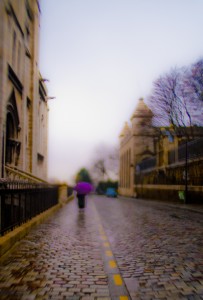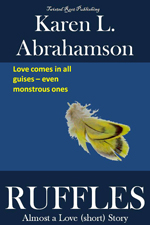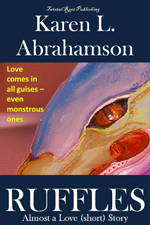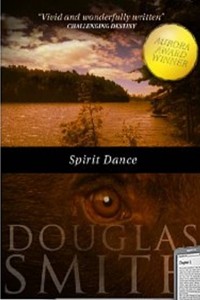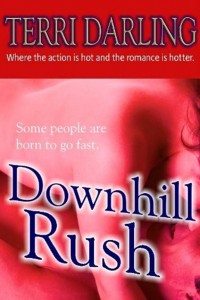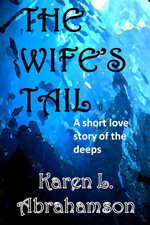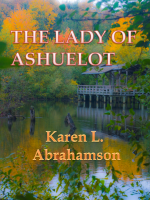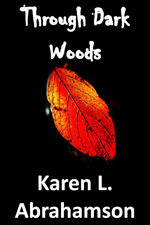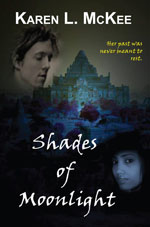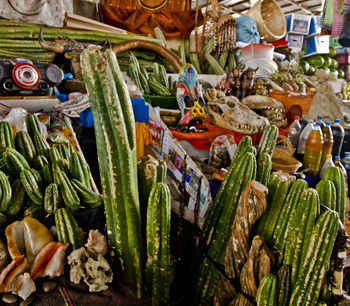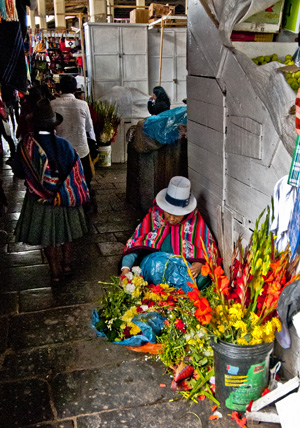Social Media and Marketing your e-Published Book
Which social media do you prefer and what success have you experienced with it? Last Post I said that we’d start to explore social media and how to make it work for you. When I consider social media and on-line marketing there are four basic areas to discuss:
- Facebook/Google+
- Websites and blogs
- Author opportunities on Amazon.com, Pubit and Goodreads amidst others.
In addition there are other opportunities such as interviews/blog tours and UTube, however I recently saw an amazing graphic that shows the immense possibilities available for social marketing (click here). All of these are built on a key concept we discussed last week, namely the importance of social networking.
 Marketing on social networks requires you to first of all to focus on also being social. To help with introducing this subject, successful self-publisher, Joshua Graham, provided these insights about his experience building from a newly published book to a best seller. He provides a good introduction to what social marketing requires.
Marketing on social networks requires you to first of all to focus on also being social. To help with introducing this subject, successful self-publisher, Joshua Graham, provided these insights about his experience building from a newly published book to a best seller. He provides a good introduction to what social marketing requires.
1. You’ve talked about using social media for promoting yourself and your books. Can you tell me what social media you’ve used and what have you used them for? E.g. do you only use social media for your writing, or are you involved with the various forms for other social purposes?
I have Facebook accounts, fan pages for my pen names and books, as well as twitter accounts. I mostly use them for marketing my work.
Do you have those for each of your pseudonyms and each book?
That is correct. For now, with only 2 novels and 2 pen names, it’s manageable.
2. How have you used each type of social media (e.g. Twitter, Facebook, Goodreads, Amazon book groups, etc.) to promote your writing? E.g. announcing new publications, pushing your books (if so, how?)
Twitter is still a bit of a mystery to me, but I’m learning. I’ve used Facebook to find readers and let them know about my books, reviews, interviews, awards, and honors. All of these help build my internet presence and create a platform. As this platform grows, there will be more of an audience for future releases.
To find readers, I basically went to various special interest pages on Facebook such as Amazon, Barnes & Noble, etc., engaged in discussions and “friended” anyone who seemed like they might be interested in my books. Also, based on the reactions (comments, “likes”) to my book posts, I “friended” those people as well.
 3. Did you have a social media presence before you began promoting your books?
3. Did you have a social media presence before you began promoting your books?
Not really. I had a personal Facebook page, but I really began marketing under my pen name when my ebooks first became available.
4. How often are you on the various social media sites? What time commitment does social media involve a week? (What did you devote to it?)
Probably a bit more than I should be. I spend several hours each week on Facebook, and often when I’m feeling a bit unfocused in my writing, I hang out there more doing marketing and communicating with my fans.
5. Have you tracked which social media sites have had the greatest impact on your sales? If so, which ones have you found most effective?
It’s hard to draw a direct correlation (esp. with Twitter) but I have definitely found Facebook the most effective way for now. Even that is reaching a limit, so I’ll need to explore other venues for marketing too.
6. Are there actions you would recommend for writers venturing into marketing on social media and, conversely, are there actions that you would recommend writers avoid?
There’s no one way that works for everyone. Definitely, write the best book you can. Get some good reviews and use them to talk about your book. I find that if you start giving away a lot of free ebooks (short stories, or even novels) on a regular basis, you’ll develop an appreciative and loyal following.
Then when you release a new book, they as your fans will be very enthusiastic and hopefully talk about it on their social networks as well. I would avoid over-saturating certain fan pages with ads. Be aware of the culture and rules of each fan page or message board. If you fall out of favor, it will harm rather than help your marketing efforts.
7. What would you recommend to the writer who has little to no previous experience with social media?
Get started! Learn your way around and find your own social media voice. Have a personality online that people can identify with. And most of all, be a giver. Give your readers and fan something of value. If they perceive you as a taker–someone who just wants them to buy your book, they will be turned off and you will become noise to them.
A big thanks to Joshua for sharing his insights. And just to reinforce what he has said, as an author he has focused on his marketing, but he has done so through becoming involved with communities within the social media.
A similar story can be found if you look at the process John Locke used to become a best seller, however his preferred social media was Twitter. So it seems that both social media can be successful; you just need to decide which you prefer and determine how to make it work for you. That’s what we’ll talk about next time 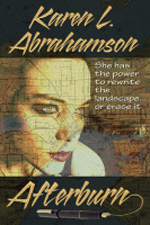 out.
out.
So I’ll repeat my question here: which social media do you prefer and what success have you experienced with it?
I look forward to hearing from you!

